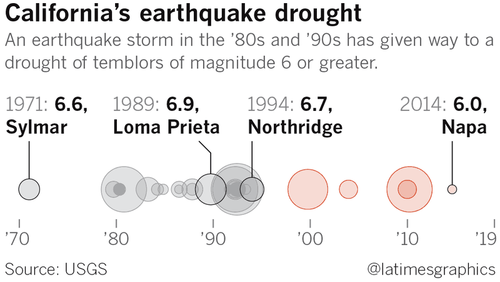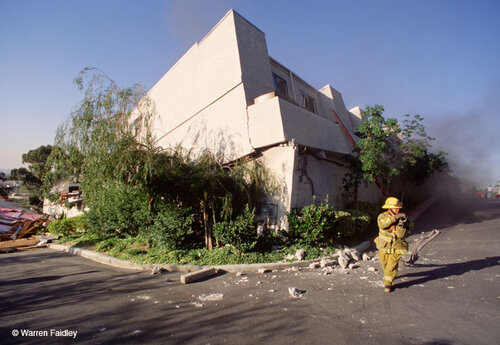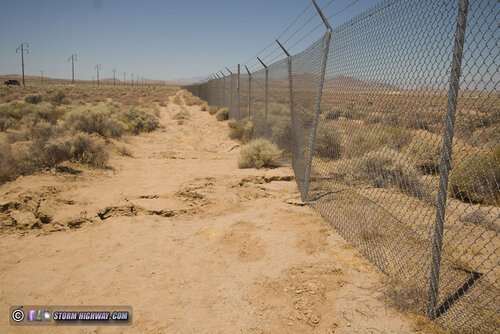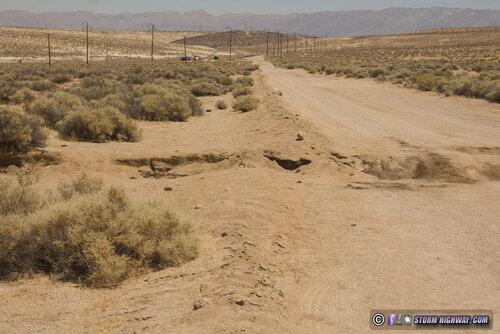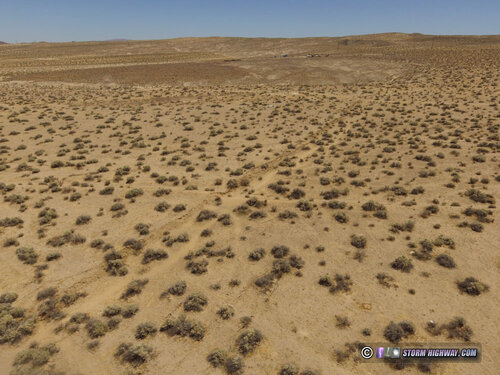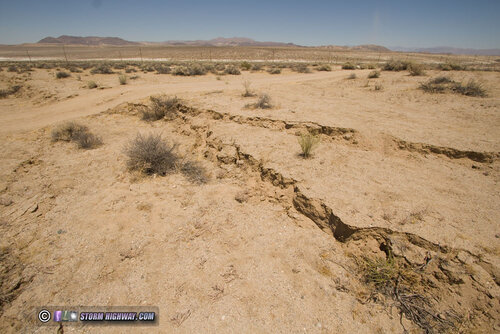Dan Robinson
EF5
An interesting seismic event event of significance is ongoing in southern California this week. The Searles Valley, CA earthquake sequence is occuring in the Eastern California Shear Zone, an active region of tectonic deformation and stress. This activity is happening separate from the San Andreas system. Tonight's M7.1 is the third in a series of northward-migrating M7+ events starting with the M7.2 Landers earthquake in 1992 and preceded most recently by the 1999 M7.1 Hector Mine earthquake.
The faulting in these regions is complex. The Landers rupture involved multiple faults and was preceded by a ~M6 foreshock, similar to the Ridgecrest events so far. Landers also is thought to have triggered the nearby M6.5 Big Bear quake 3 hours later on an unrelated but nearby fault. It remains to be seen if the Ridgecrest sequence will continue in a similar fashion.
This event is the largest to occur in southern California since Hector Mine in 1999.
M7.2 Landers 1992:
Southern California Earthquake Data Center at Caltech
M7.1 Hector Mine 1999:
Southern California Earthquake Data Center at Caltech
The faulting in these regions is complex. The Landers rupture involved multiple faults and was preceded by a ~M6 foreshock, similar to the Ridgecrest events so far. Landers also is thought to have triggered the nearby M6.5 Big Bear quake 3 hours later on an unrelated but nearby fault. It remains to be seen if the Ridgecrest sequence will continue in a similar fashion.
This event is the largest to occur in southern California since Hector Mine in 1999.
M7.2 Landers 1992:
Southern California Earthquake Data Center at Caltech
M7.1 Hector Mine 1999:
Southern California Earthquake Data Center at Caltech
Last edited:

